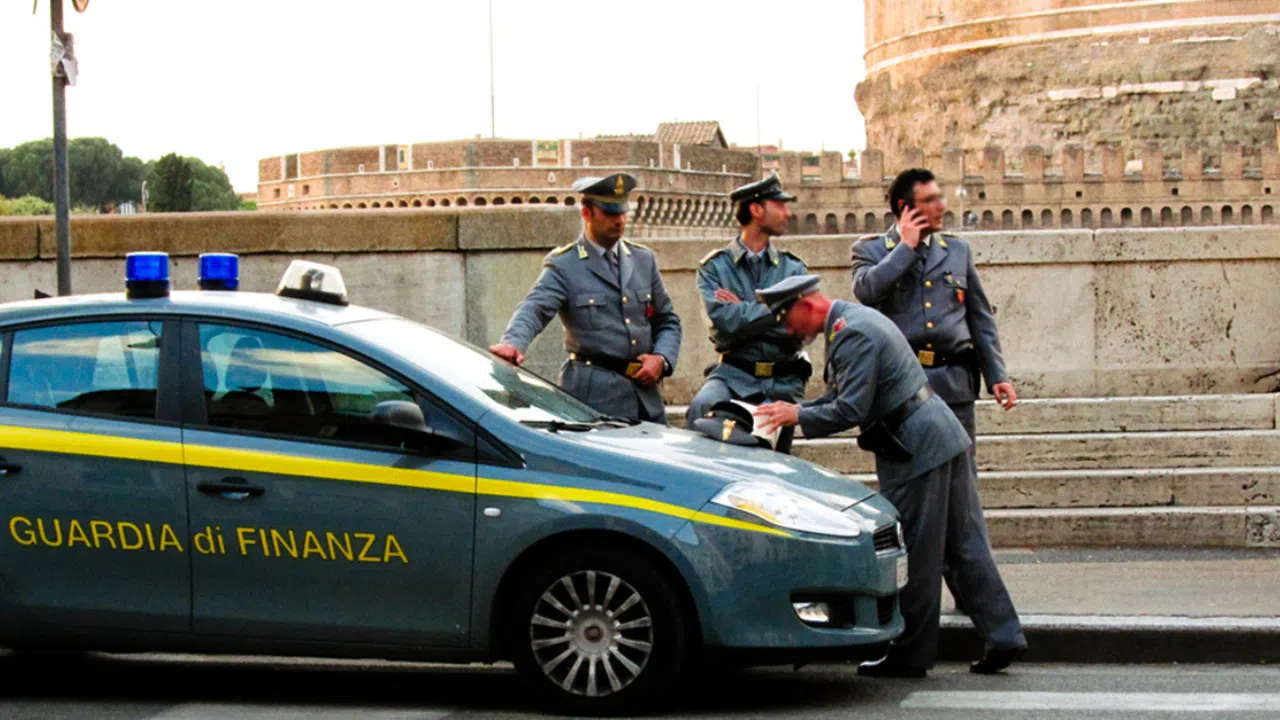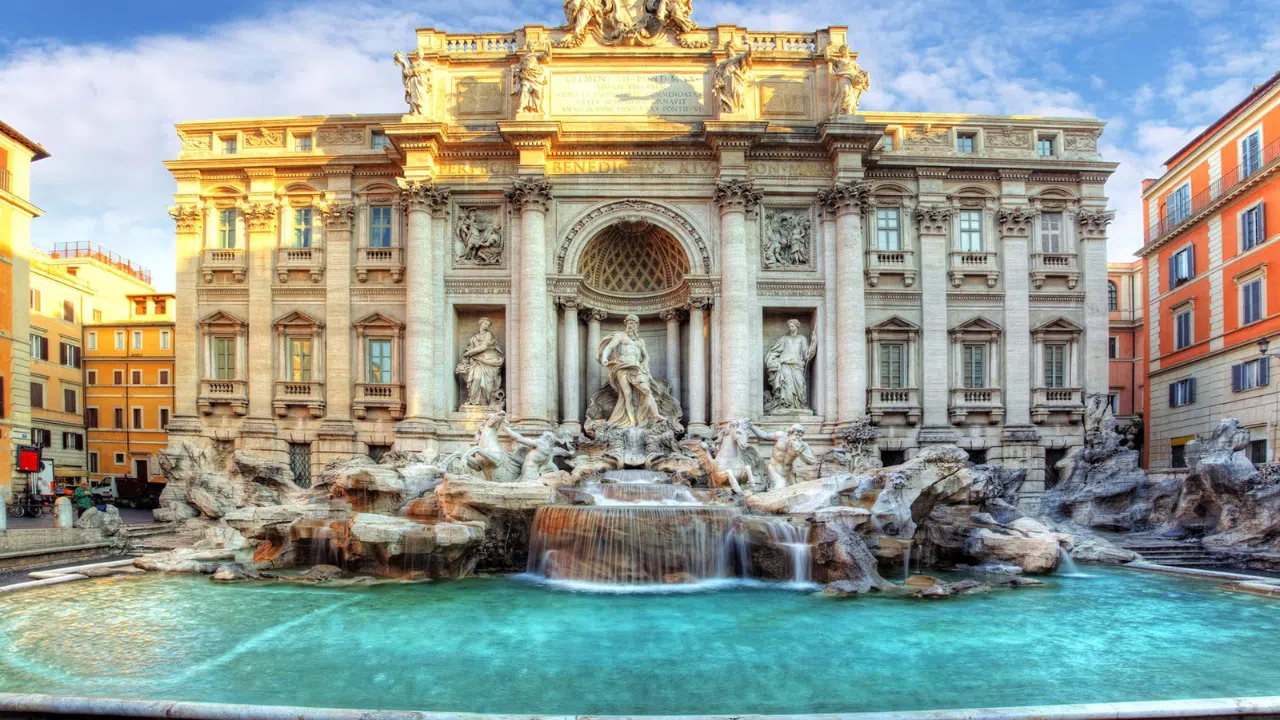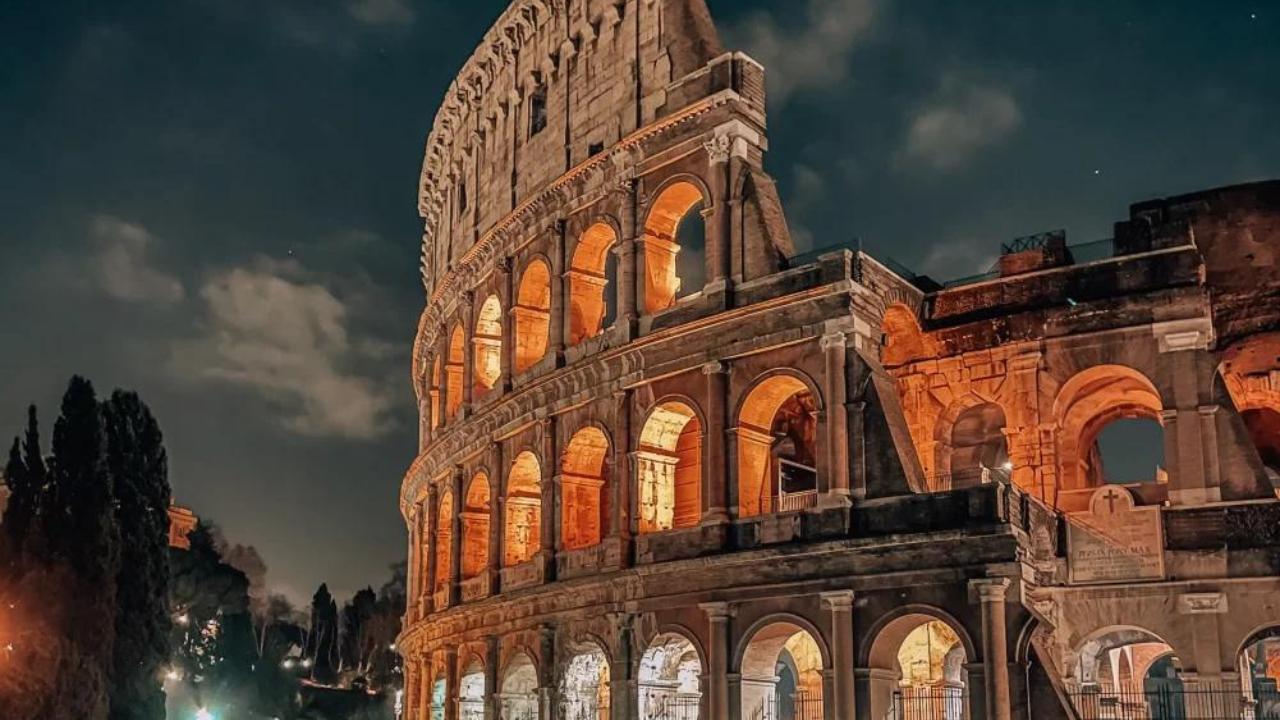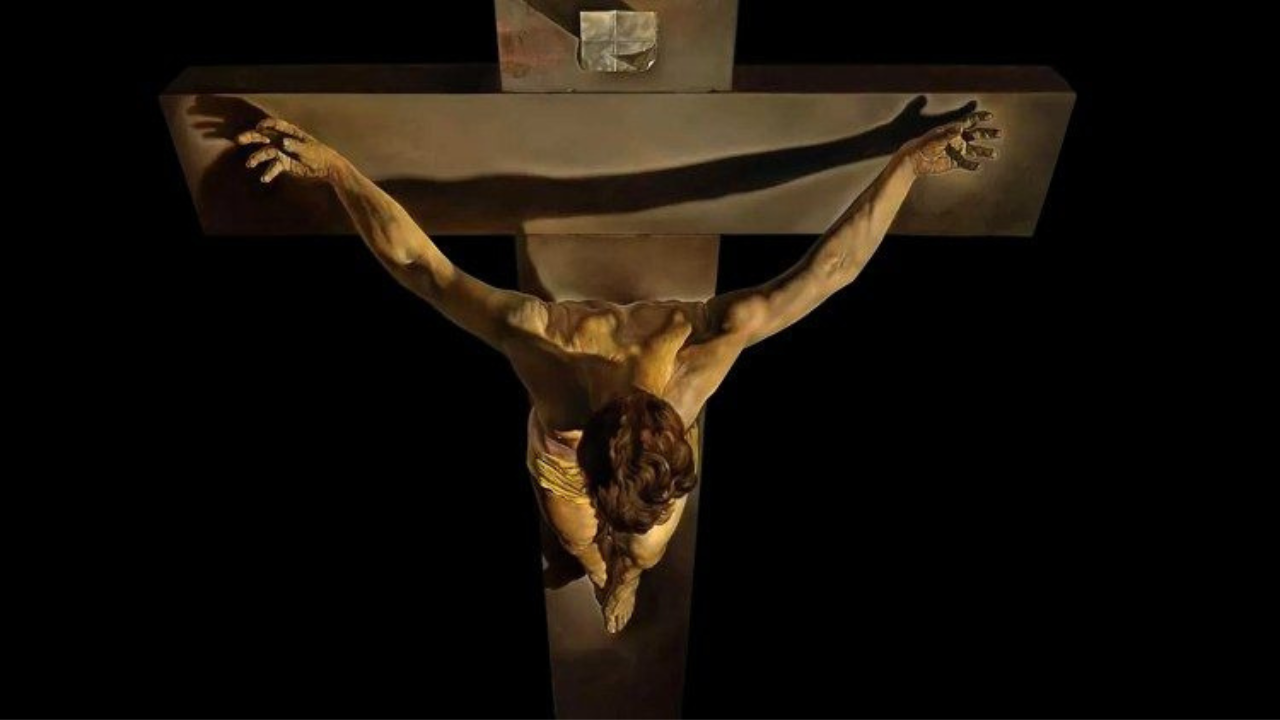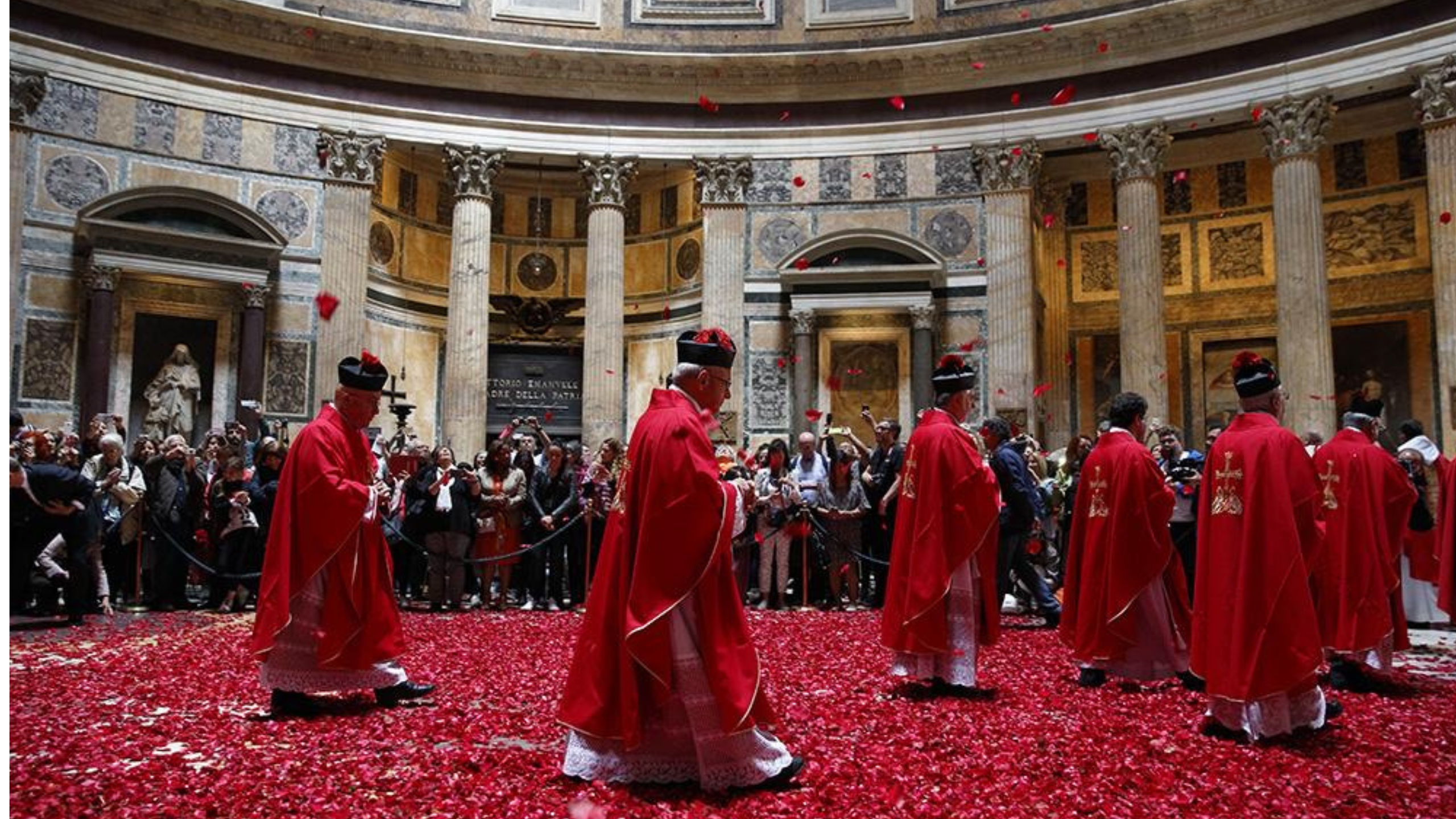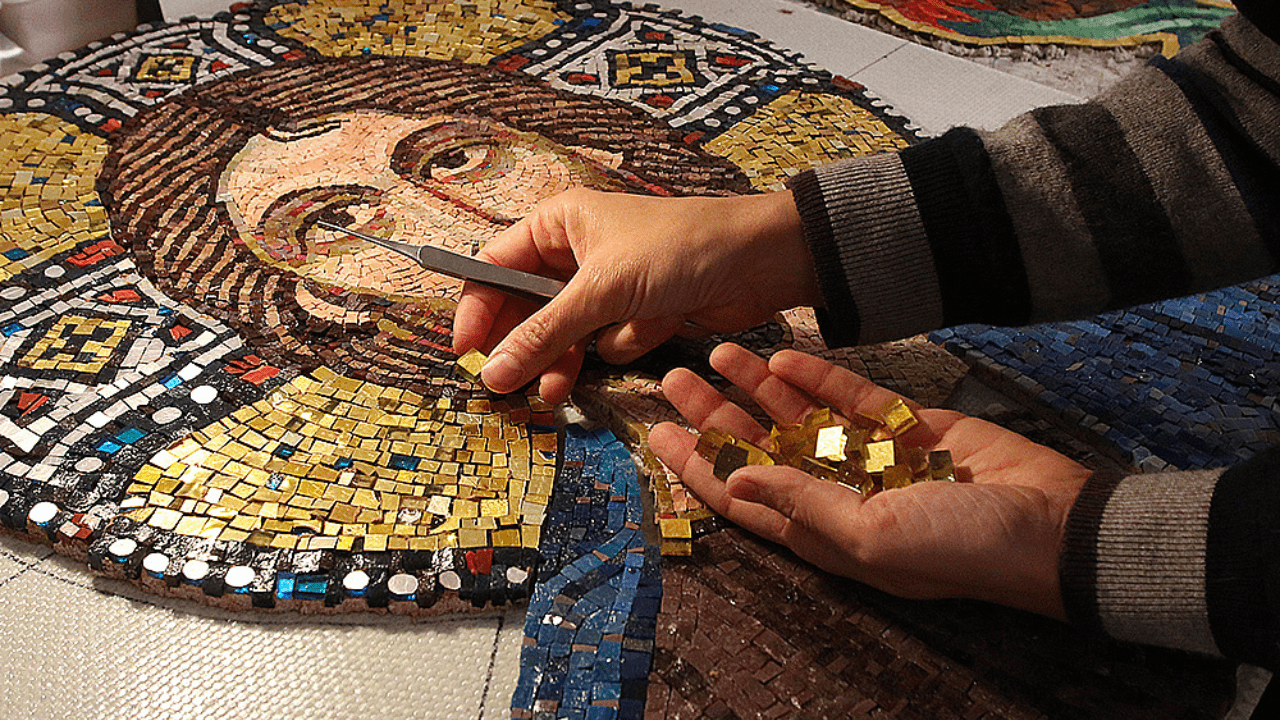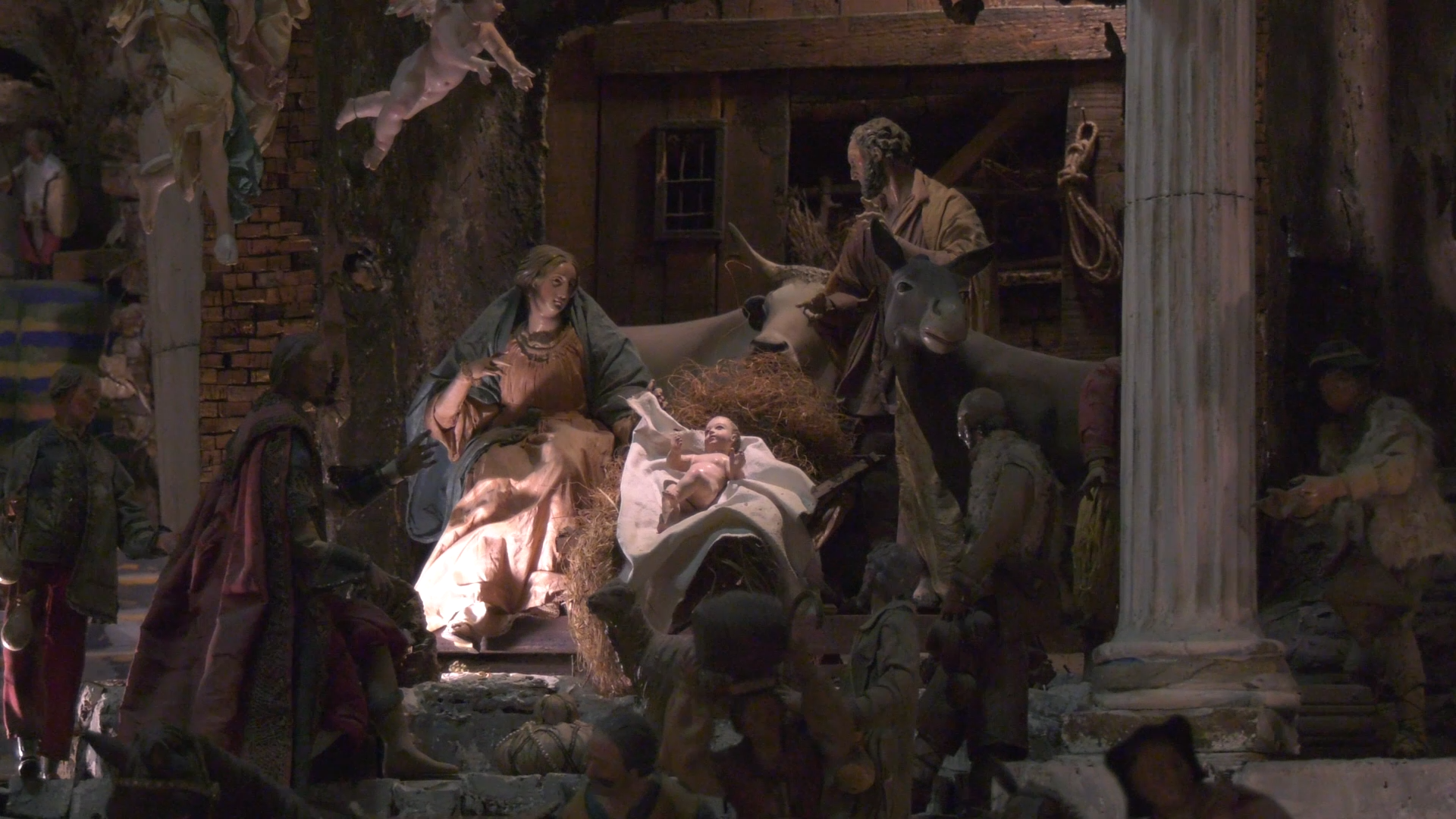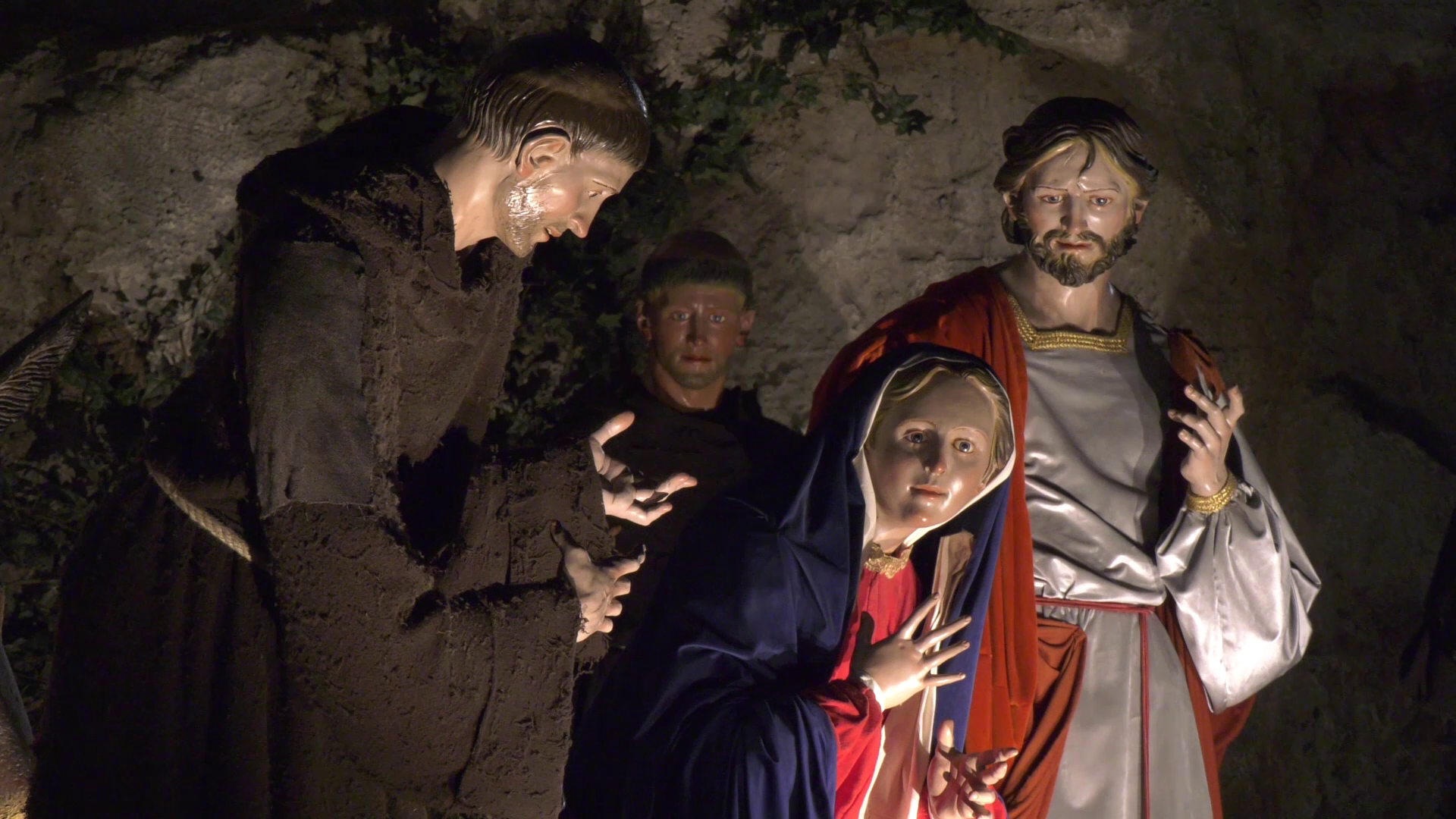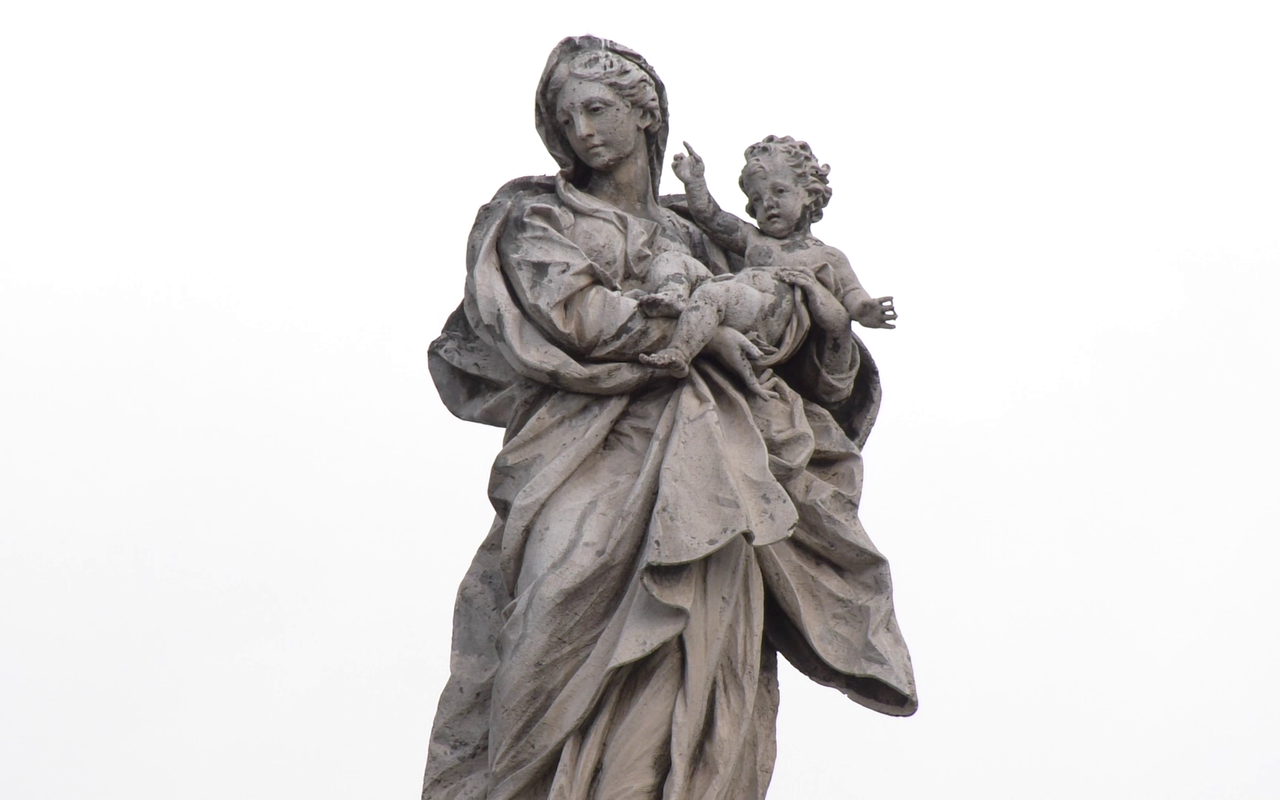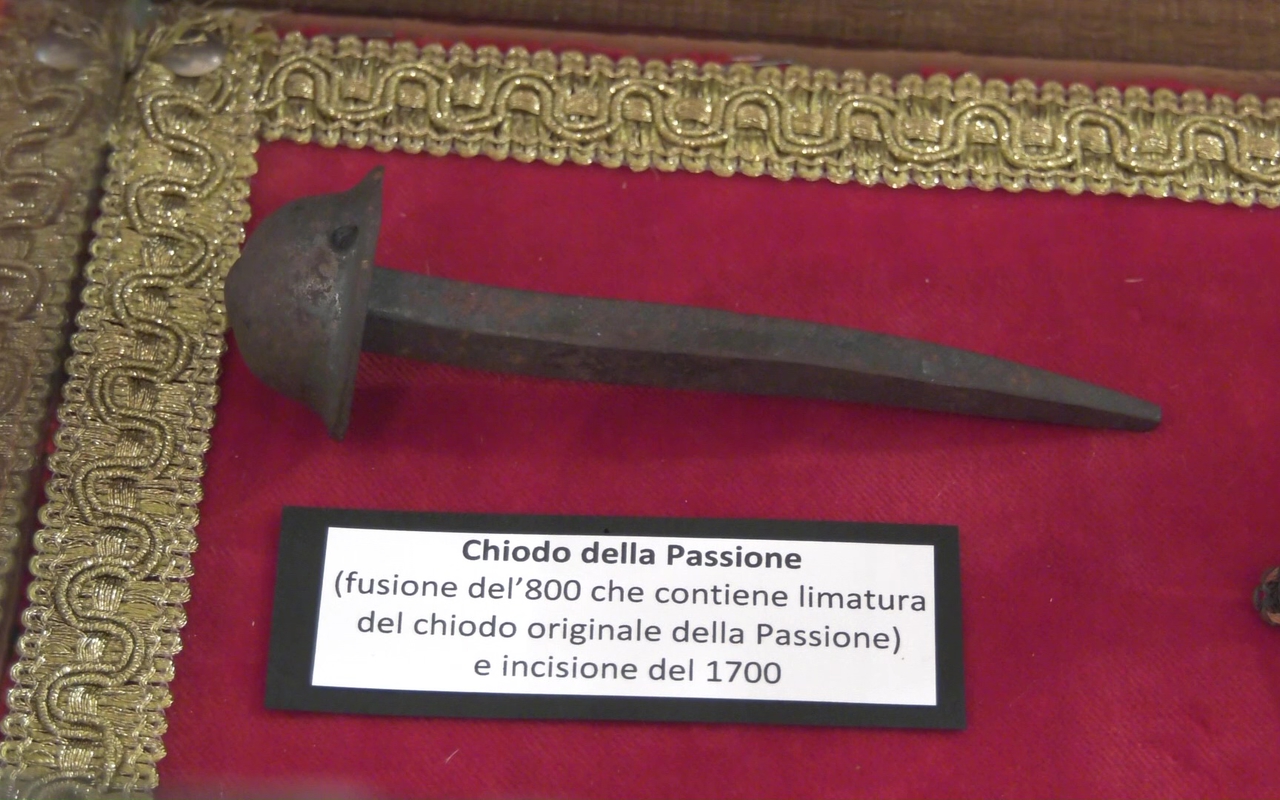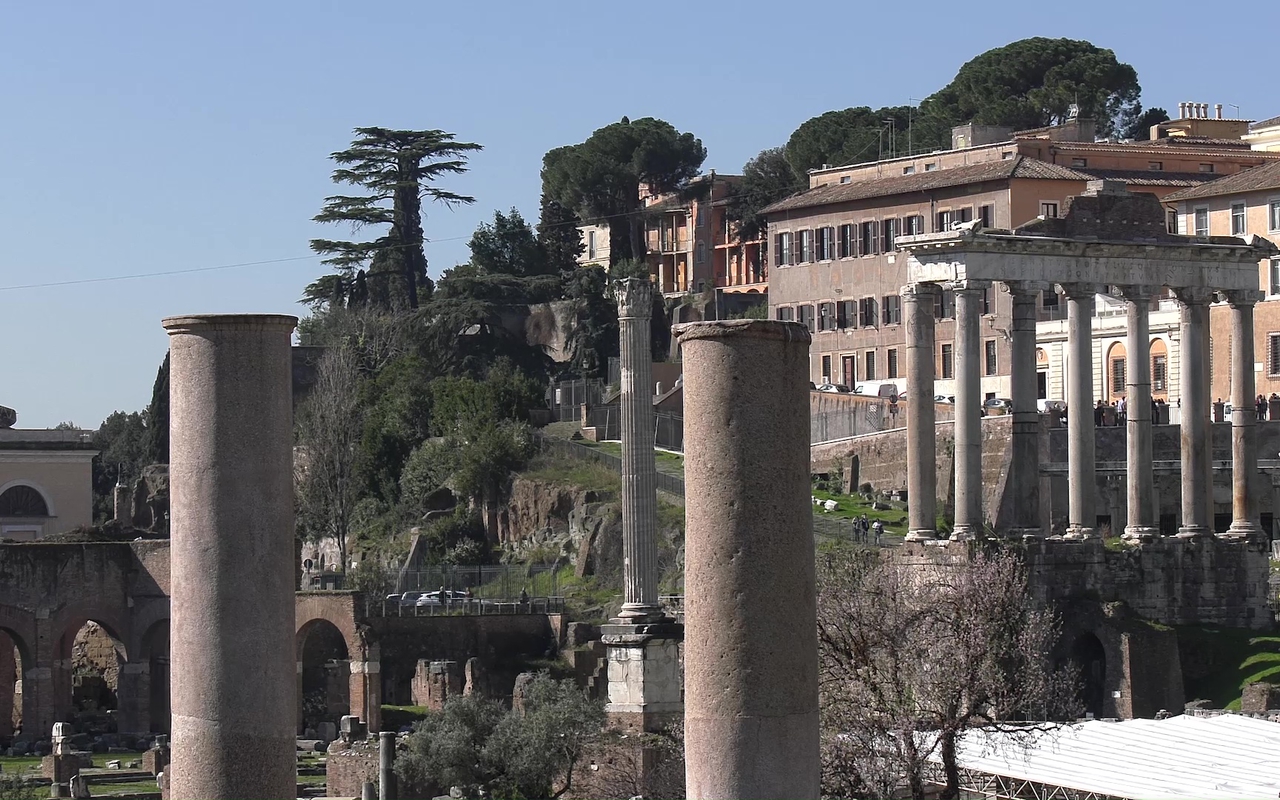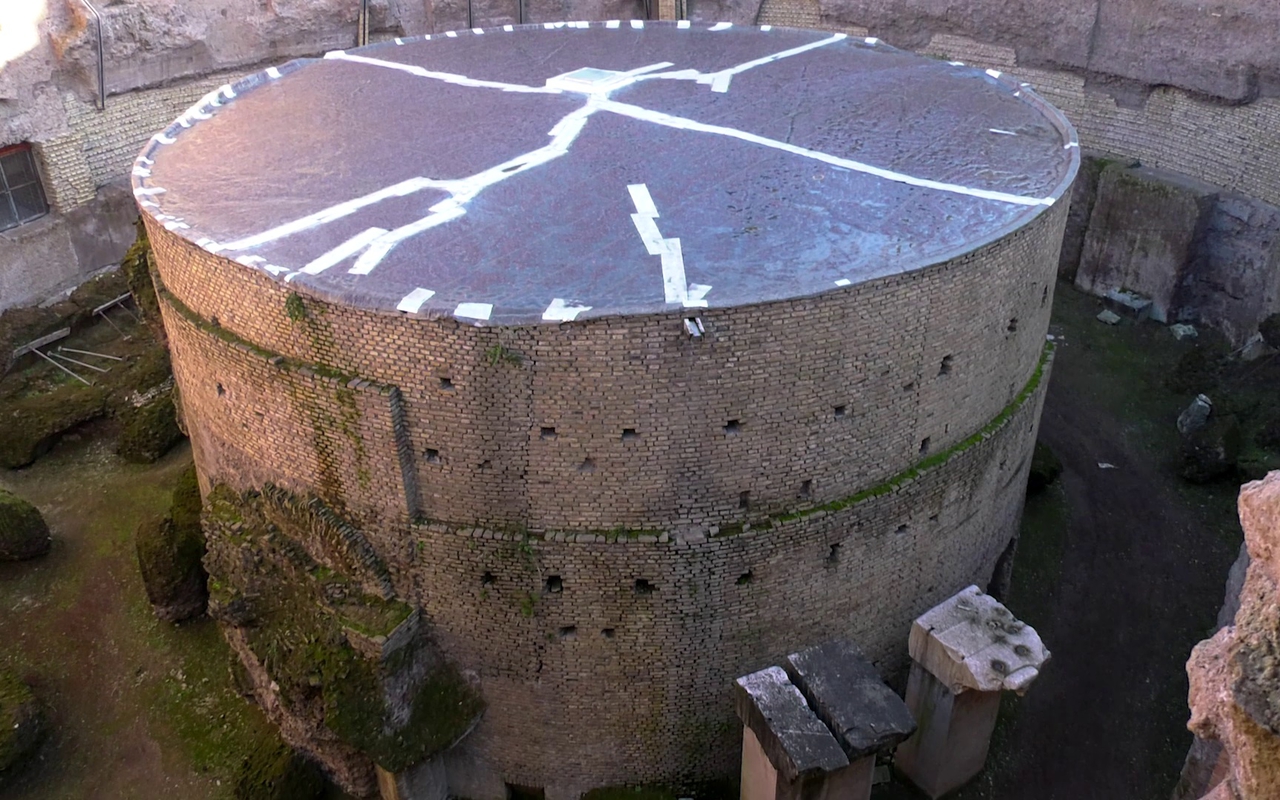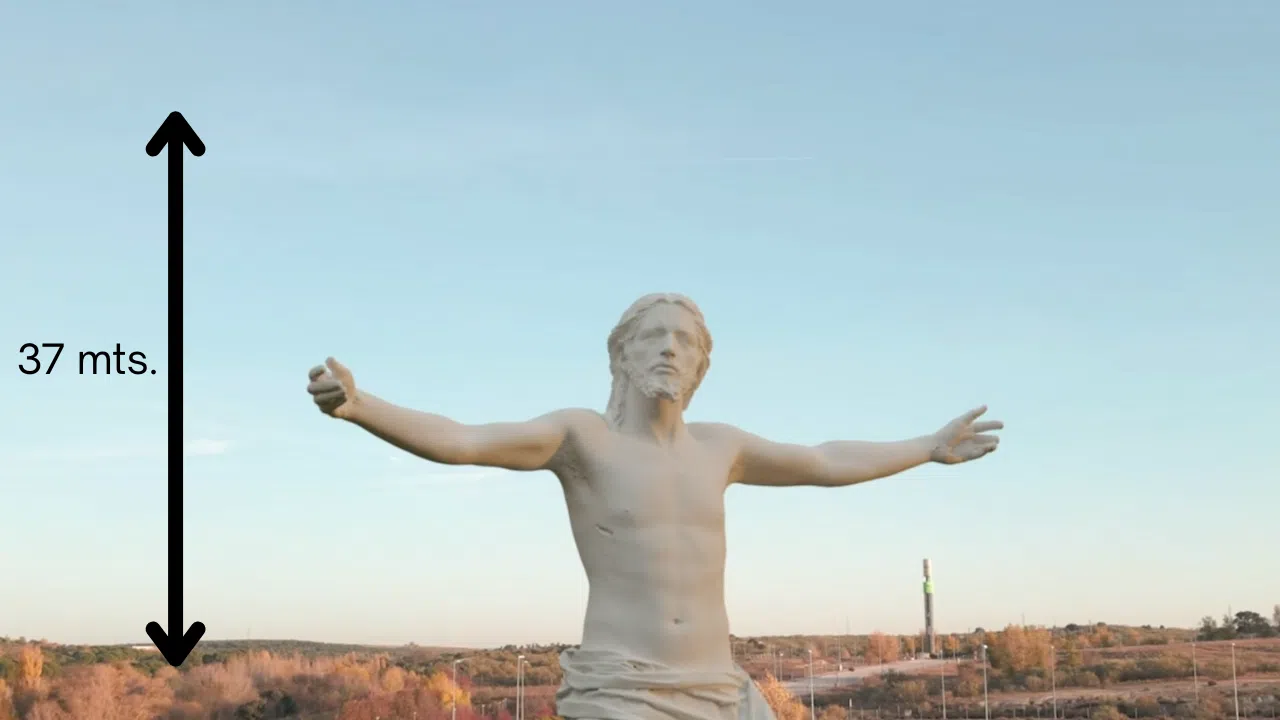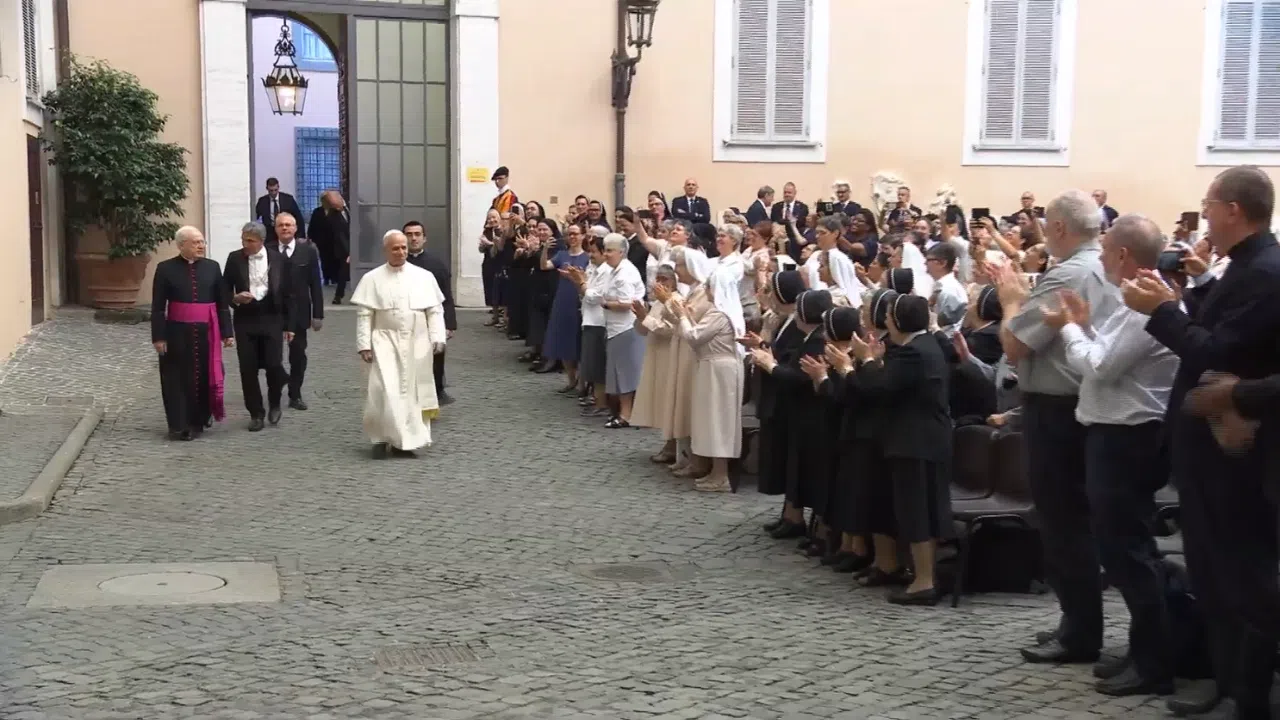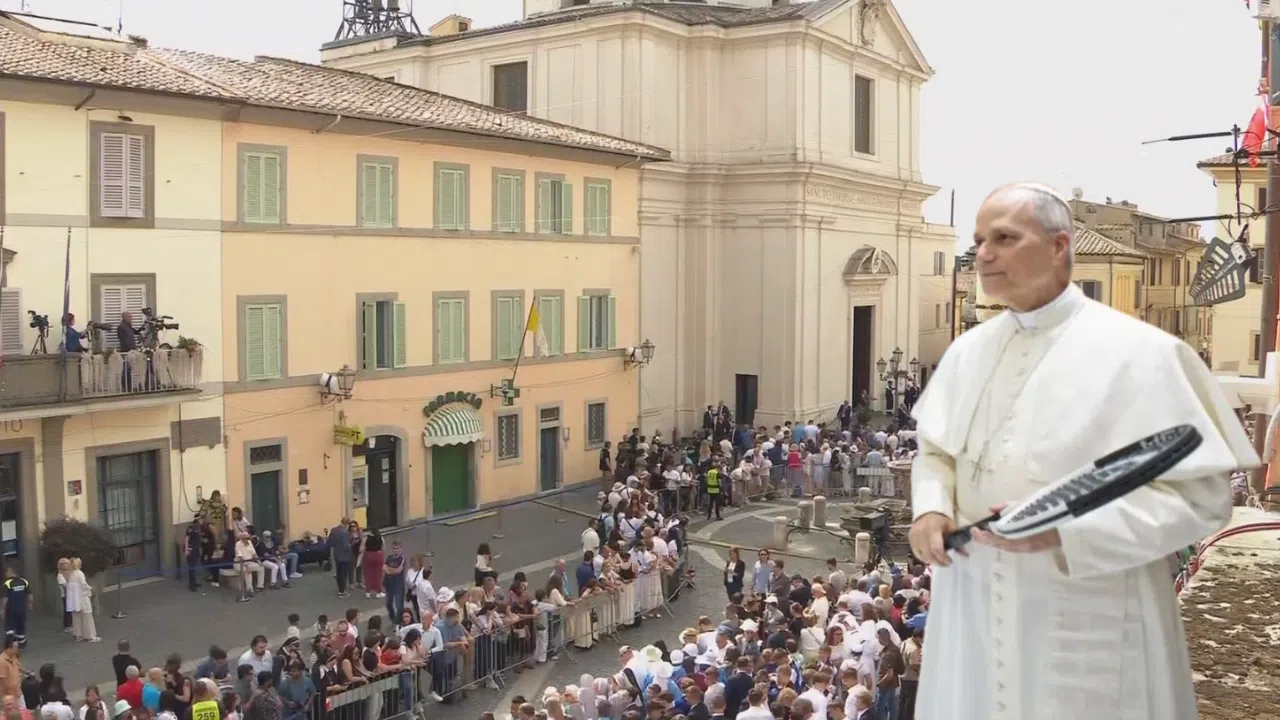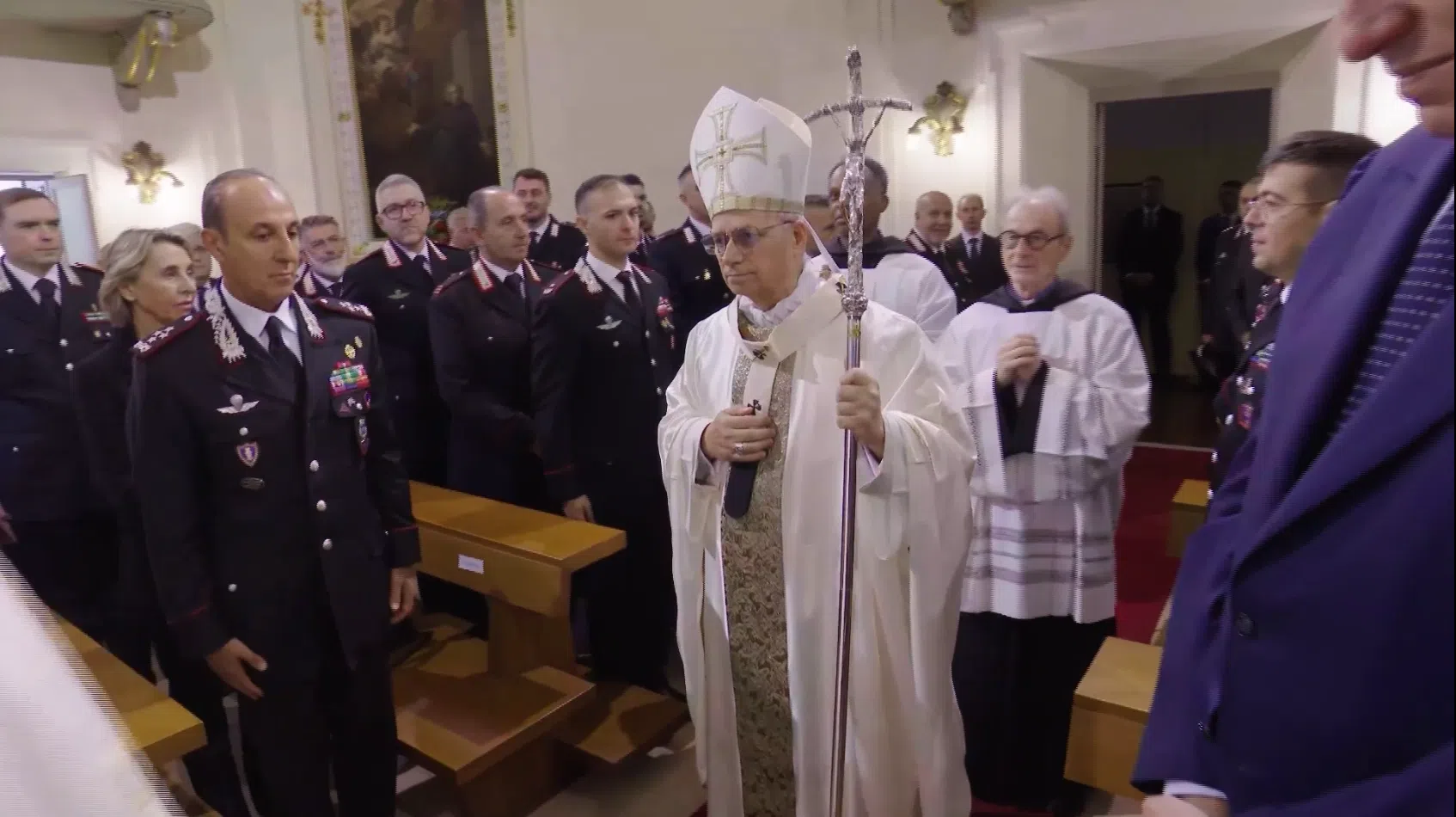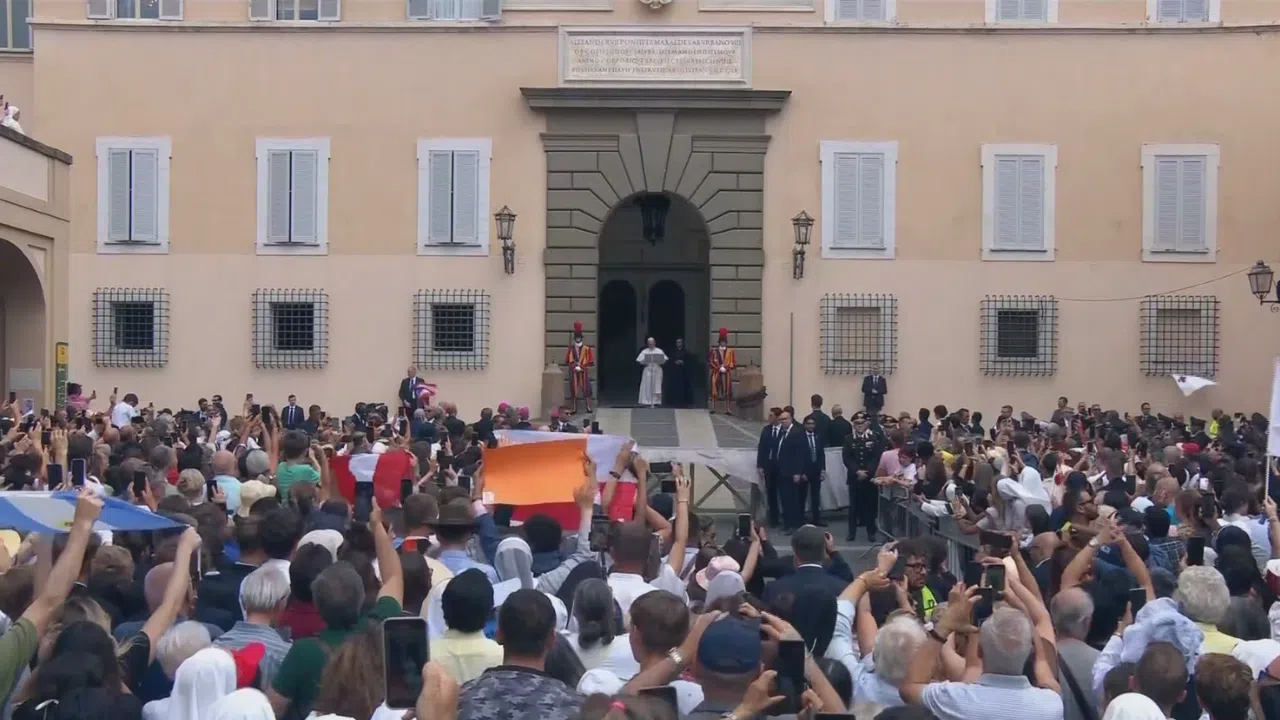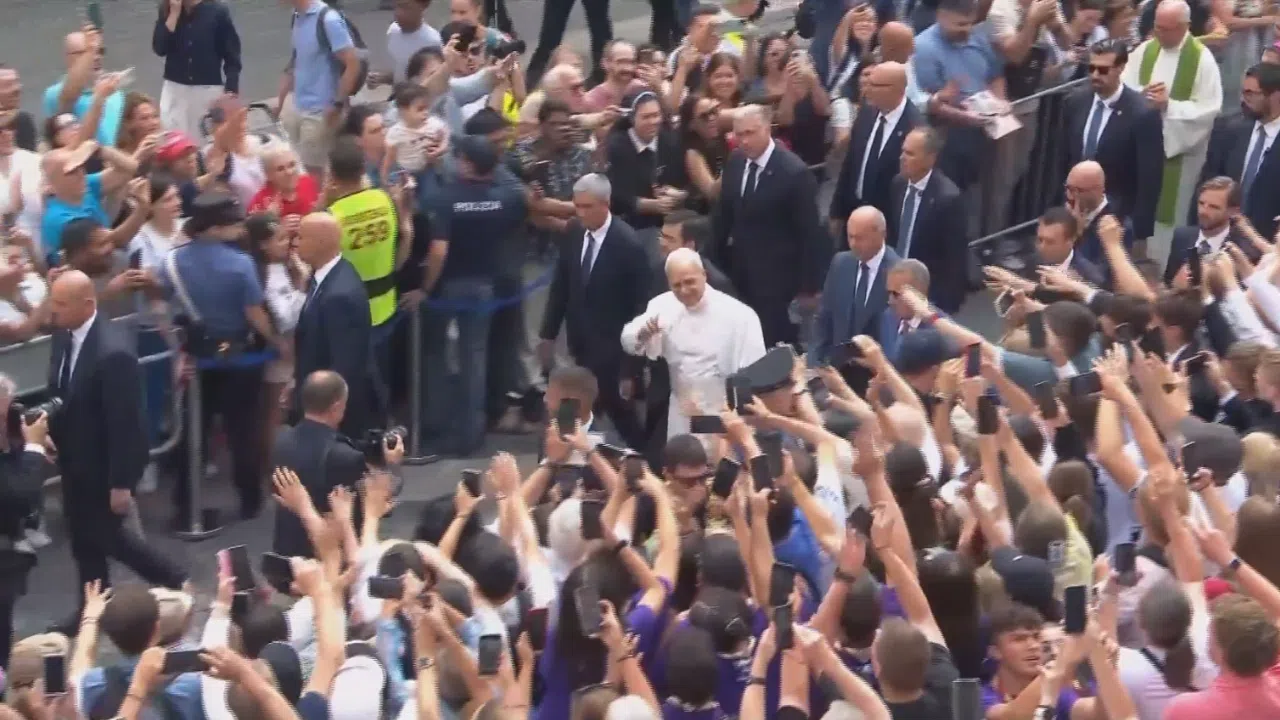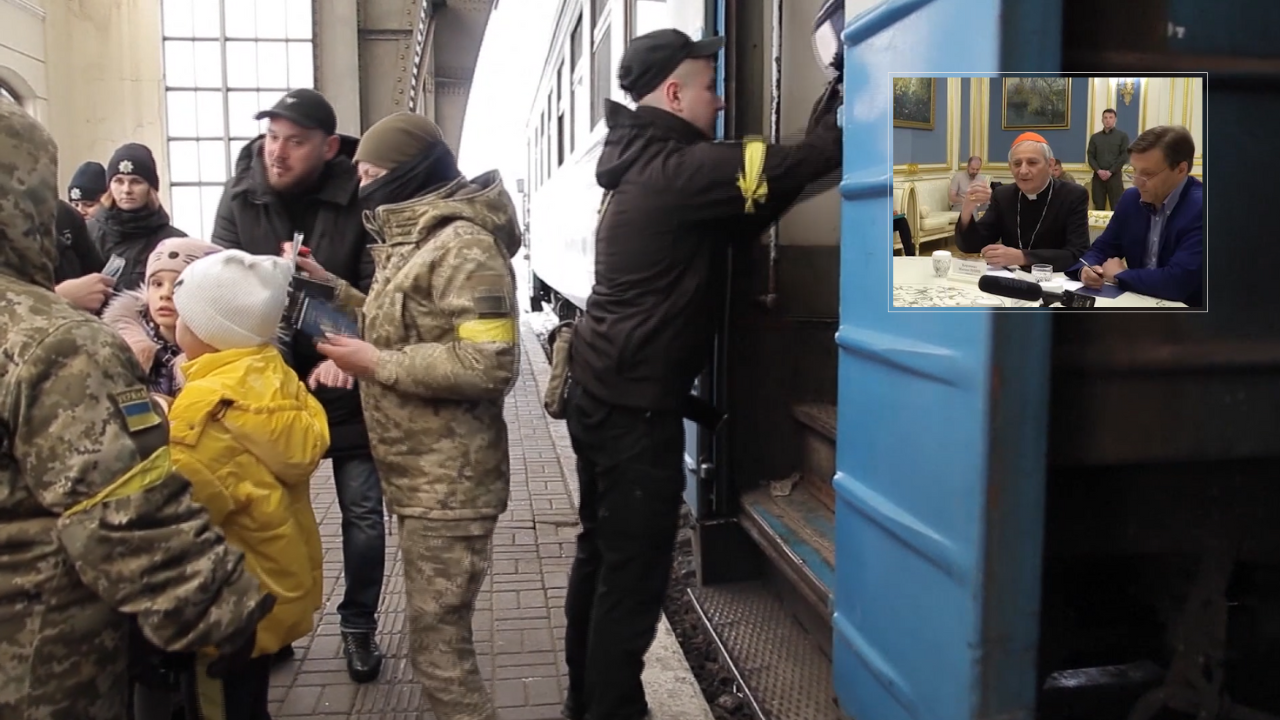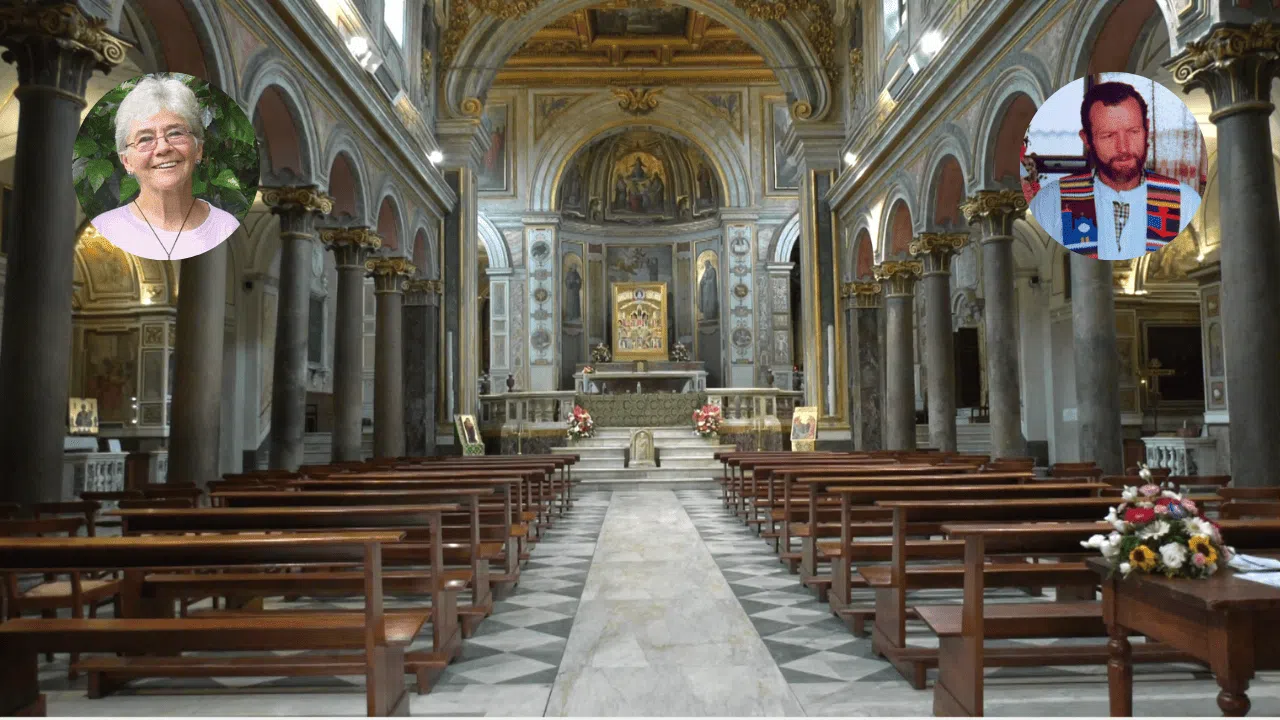These brass plaques can be found scattered throughout the Eternal City. They stand out against the gray backdrop of the Roman sidewalks, sometimes enough to make passersby stop for a closer look.
They are called “pietre d'inciampo,” in English, “stumbling blocks.” They are drilled into the ground in front of the former homes of those killed during Nazi occupation.
The “Memorie d'inciampo” project was brought to Rome in 2010 by Adachiara Zevi, who was struck by the initiative when she first saw it in other European cities.
Some people, like Paola Carlini, have attended the event each year since its inception.
PAOLA CARLINI
“[The project] brings the drama of the Shoah to concrete, everyday life. We can see the doors through which these people left their homes to go to the extermination camps. Even passersby see them. Perhaps they wonder about them. To me it seems important, as a way also to not lose the memory.”
Renato Villoresi once lived in what is now the Embassy of Argentina in Rome. He was killed in 1944 when he was just 27 years old.
COSTANZA PORRO
Teacher, Renato Villoresi Middle School
“He showed courage and coherence in his decisions. He fought Nazism and Fascism at the cost of his life. He sacrificed his own life for his ideas, for his beliefs.
He was from a military family, so this vocation to military life was quite common in his household. Then, during the German occupation of Rome, he went out with a group who actually fought the Germans.
He was arrested and taken to the Ardeatine Caves, where he was killed along with all the other martyrs found there.”
A group of middle school students and their teachers put together this short book called “A boy named Renato,” to tell the young man's story.
Members of the Granatieri of Sardinia, the military force Renato belonged to, were also present.
FEDERICA LUCERINI
Teacher, Renato Villoresi Middle School
“I think it's fundamental for students to know their history, the history of their city, the history of these people, after whom our streets and school are named. I think for them it means rediscovering the things they always take for granted, because really, there is nothing to be taken for granted in what we live today.”
A few blocks away, Elena Camerino and Riccardo Guido Luzzatto's names were placed side by side in front of this unassuming building, between a pizzeria and a tobacco shop.
FRANCESCA DEL BELLO
President of Municipality, Rome
“Elena Camerino and Riccardo Guido Luzzatto were a married couple deported to Auschwitz, where they found death the day their convoy arrived. With this initiative and the installation of these two blocks, we want to remember where they lived. It's an important initiative for the city of Rome. Today, these two stumbling blocks add two more marks to the 'map of memory.'”
This year, the addition of 34 new blocks brings the total to 341 in Rome alone. It is but a fraction of the millions of people killed in Europe during this tragic period in history.
Claudia Torres
